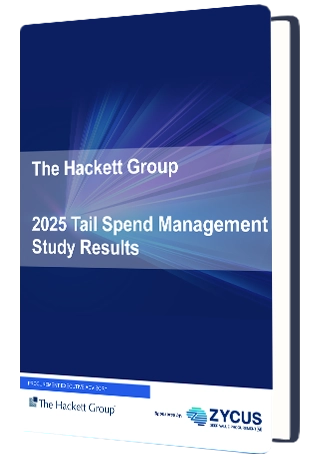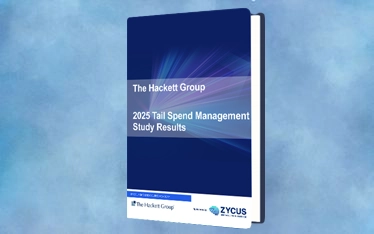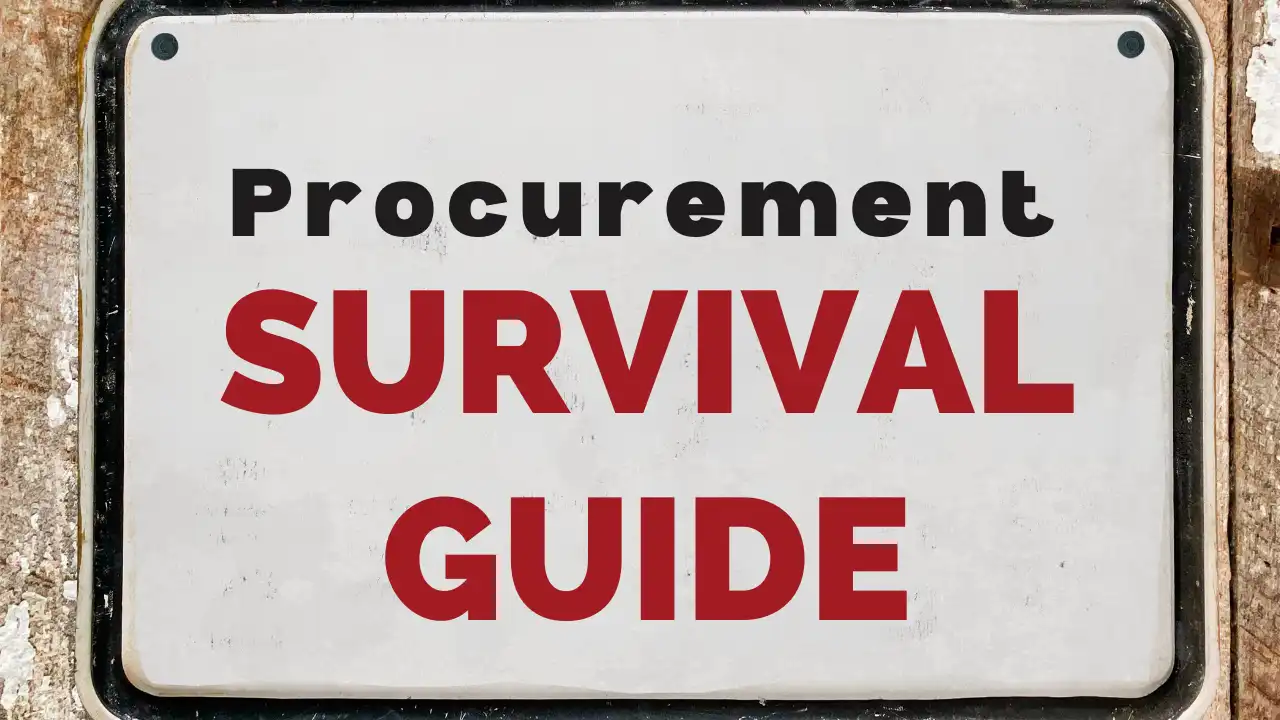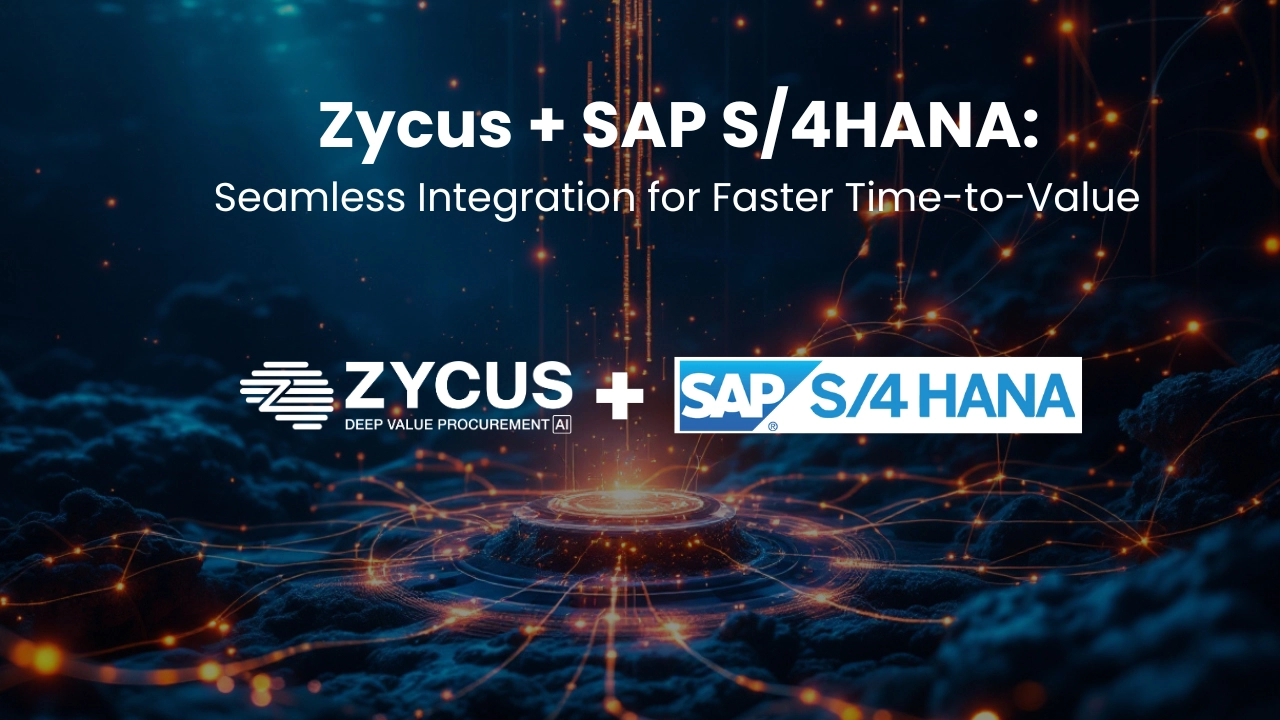Procurement leaders spend much of their time negotiating strategic categories, running sourcing events, and building supplier relationships. Yet hidden in plain sight is a “silent 20%” of spend that quietly drains budgets and erodes value. Known as tail spend, it’s small in value but massive in volume—and when left unmanaged, it represents a goldmine of untapped savings and compliance improvement.
The Hackett Group’s 2025 Tail Spend Management Study reveals the urgency of this issue: only 4% of companies actively manage most of their tail spend, even though procurement executives believe up to 20% savings is achievable—twice the average currently captured. This gap presents an opportunity that no CPO can afford to ignore.
What Exactly Is Tail Spend?
Tail spend refers to the long tail of purchases that are low in individual value but high in transaction count. It’s often defined as the 20% of total spend spread across 80% of suppliers.
Examples include:
- Office supplies
- Facilities maintenance
- Training and professional development
- Marketing services
- Packaging and consumables
- Temporary labor
Individually, these purchases seem trivial. Collectively, they are anything but. McKinsey research shows unmanaged tail spend can drive 20–30% of indirect spend leakage—wasted money that never delivers value.
For a deeper primer, see our guide on Tail vs. Tactical vs. Maverick Spend, where we unpack how these terms differ and why that matters for strategy.
Why Tail Spend Remains a Blind Spot
Despite decades of procurement maturity, tail spend remains one of the least managed categories. The Hackett study shows 64% of leaders are dissatisfied or neutral with their current approach. Why? Because traditional methods don’t work at scale.
- Marketplaces provide choice, but fragment supplier relationships and dilute negotiated value.
- P-cards simplify transactions but offer no visibility, governance, or leverage.
- Tactical buying desks reduce workload but rarely achieve adoption outside core categories.
- BPOs provide labor arbitrage, not orchestration—leaving companies with fragmented execution.
As BCG notes, procurement teams prioritize strategic suppliers (20% of vendors driving 80% of spend), leaving the tail “too small to manage, too big to ignore.” Without the right tools and governance, tail spend is consigned to chaos.
Tail Spend Opportunity: Turning the Silent 20% Into Savings
When procurement leaders do manage tail spend strategically, the results are striking:
- Savings uplift: The Hackett study found organizations save 7–10% on tail spend today, but believe 16–20% is possible.
- Risk reduction: Fragmented suppliers increase risk of non-compliance, fraud, and ESG failures. Consolidating the tail enhances transparency.
- Efficiency gains: Transactional overhead from thousands of small POs and invoices can be reduced dramatically with automation.
- Supplier diversity: The tail often includes local and diverse suppliers—better management can turn this into a compliance advantage.
A recent Bain & Company report echoes this, noting that organizations which systematically manage indirect and tail spend achieve 2–3% incremental EBITDA improvements—a powerful lever in low-margin industries.
The Tail Spend Aspiration Gap: 10%+ Savings Left Untapped
The most compelling insight from Hackett is the aspiration gap: procurement leaders know there’s more value in the tail, but most fail to unlock it.
- Current reality: 7–10% cost savings
- Aspiration: 20% achievable savings
- Gap: 10%+ savings left on the table
This gap exists because current tools focus on execution, not orchestration. They automate transactions, but they don’t intelligently route requests, negotiate at scale, or enforce compliance.
The Role of AI and Orchestration
Hackett’s study found that 88% of procurement executives are open to AI-powered agents for small-value negotiations. This is a watershed moment.
Agentic AI—a new class of autonomous, orchestrated AI—enables procurement to finally control the silent 20%:
- Capturing spend at the intake stage through guided workflows (Merlin Intake)
- Deploying Autonomous Negotiation Agents (ANA) for low-value, high-frequency buys (ANA product)
- Ensuring compliance by automatically applying policies and routing through approved suppliers
- Scaling globally with IBM’s services intelligence for execution at scale
Together, this transforms tail spend from chaos into controlled value creation.
Geo-Specific Implications
The tail looks different depending on where you operate.
- North America: Heavy reliance on p-cards and decentralized spend make visibility the challenge. AI-driven intake ensures compliance without adding friction.
- Europe: Regulatory and ESG requirements heighten the risk of unmanaged tail suppliers. Structured AI orchestration ensures adherence to EU compliance standards.
- APAC: High transaction volumes in fast-growth economies intensify tail chaos. Automation provides outsized ROI here.
- LATAM: Supplier fragmentation makes tail consolidation especially valuable; central orchestration delivers quick wins.
Real-World Momentum
Even before its formal launch, the Zycus–IBM Tail Spend Management Program has already gained traction. In just one month of soft launch, the partnership is working on 10+ tail spend initiatives across the U.S., Europe, and China. Categories range from facilities management to marketing services, proving the model works across geographies and industries.
This isn’t aspiration—it’s transformation in motion.
Turning the Silent 20% Into a Strategic Lever
Tail spend will never disappear—it’s an inevitable feature of procurement. But left unmanaged, it silently erodes value. Managed strategically, it becomes a goldmine for savings, compliance, and efficiency.
The message is clear: procurement leaders who fail to act will fall further behind. Those who embrace orchestration, Agentic AI, and execution at scale will not only close the aspiration gap but also elevate procurement’s role as a strategic value creator.
Next Steps
Download The Hackett Group 2025 Tail Spend Management Study to benchmark your organization and see what leaders are doing differently.
Related Reads:
- Guide to Tail Spend Analysis: What it is and Why it Matters
- Navigating Efficiency with Tail Spend Management Solutions
- Whitepaper: Tail Spend Optimization through GenAI Automation
- 5 Key Benefits of Automating Tail Spend Management
- Podcast: From Neglected to Negotiated: How Agents Captures More than $50M in Tail Spend
- A Comprehensive Guide to Spend Management
- Agentic AI for Procurement Tail Spend Management






























































